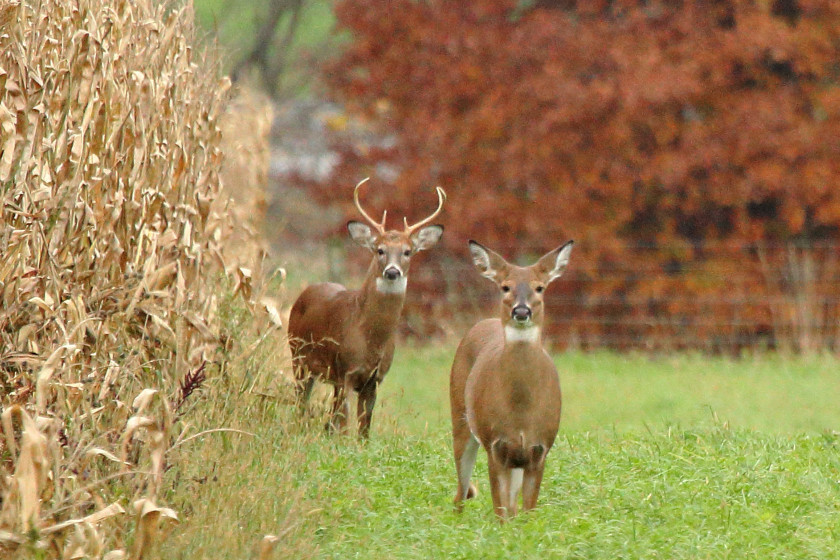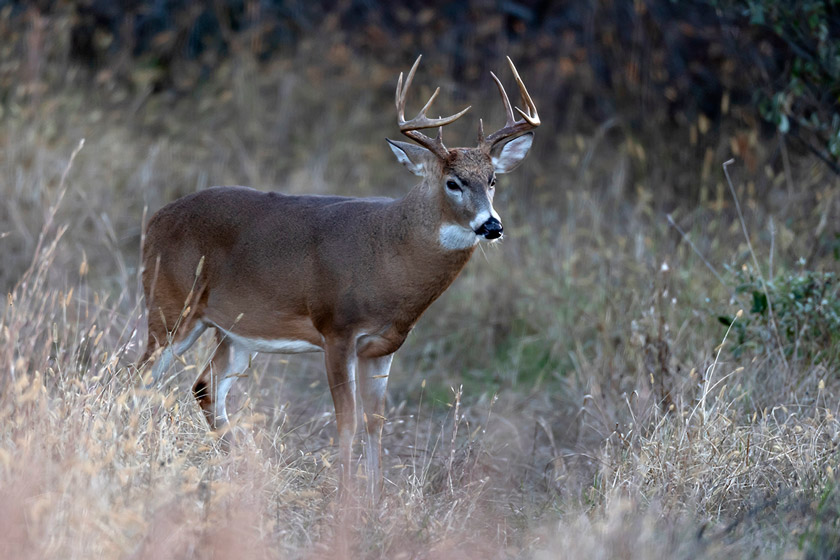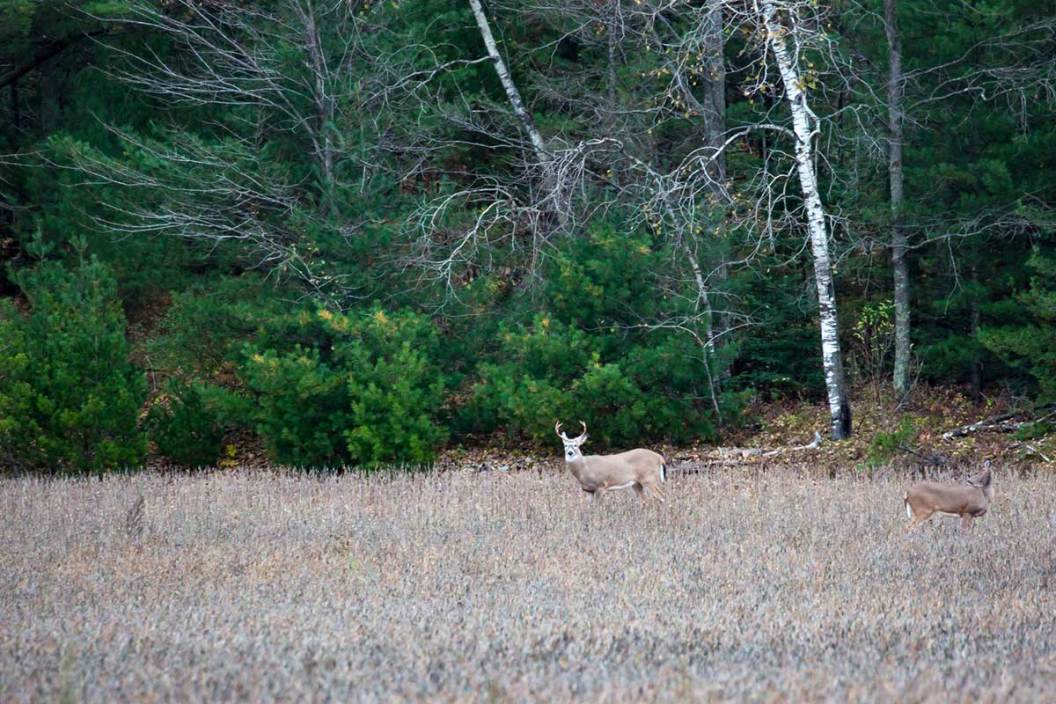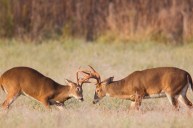By December, the buck parades and constant chasing of the rut are all but past us for most parts of the country. Temperatures are falling, snow is starting to cover the ground, and hunters with tags still in their pockets can start to feel that late-season depression—so much so that I know hunters who choose to hang up their bows or guns right as December shows its face. This can be a costly decision.
While some are quick to dismiss the post-rut as being "overrated" or a time when only young bucks are moving, those who embrace it as an opportunity to catch a cruising buck searching for the last remaining doe often reap the benefits of an incredible phase of the hunting season.
During the post-rut, buck movement won't be quite as intense as what it was during the middle of November. However, with some planning and a little bit of work, it can actually provide more consistent movement, thus giving you a more structured strategy to harvesting that trophy buck you are after. If you're still hanging on to an unpunched tag this post-rut, I highly encourage you to stick it out and check out these top 5 reasons why the post-rut is an incredible time to harvest a trophy buck!
Still Searching

MelodyanneM via Getty Images
The peak rut might be over, but the bucks will still be chasing as they seek out estrous does that have been missed and are still waiting to be bred. While the intensity of the chasing won't be as high, the bucks are becoming more and more desperate in hopes of finding at least one more doe. This desperation makes bucks much more vulnerable and more likely to make mistakes. In fact, the post-rut is when methods such as calling and scent attractants can be much more effective at fooling a buck. Don't be afraid to hit an occasional doe bleat and use that last remaining doe estrous you have. It just might work!
Back to Food

The bucks have just spent the past month on their feet, walking countless miles per day trying to breed with any doe that is willing. They are now worn out, and so are the does. If you can find a primary food source, preferably one high in carbohydrates such as a corn or bean field, this can be a hot spot for post-rut deer activity. Take a break from the deep woods, and transition more to field edges where food is in abundance. Locating a hot food source this time of the year can produce some of the greatest hunting you have ever seen. The does and fawns will flood into the fields to refuel after a long rut, and the bucks will come in just before sunset, either looking for food themselves or searching for that remaining estrous doe that they may have missed.
Less Competition

Let's face it: Most hunters have put their season to rest. Either they've tagged out early or, discouraged by the fading rut, have decided to hang up the bow and enjoy the holidays. There is now less competition in the woods, and you can capitalize on that lack of pressure. This is especially true for public-land hunters who have had to compete for the prime spots on public tracts. The woods should be much more open now, and you can move into those core areas that were once occupied.
Cold Front Equals Movement

Every hunter knows that nothing gets deer on their feet faster than a massive cold front. Unfortunately, during the early parts of the season, cold fronts are few and far between. As December rolls around, the cold weather starts to become more consistent, and the deer are forced to get on their feet to stay warm. Find a heavily used travel corridor between bedding and food, and you'll be in for an amazing hunt.
Patterned Hours

While the rut can provide midday buck parades—along with the occasional random shooter that you haven't received a picture of all year—the movement is pretty random, and hunting the peak-rut typically warrants all-day treestand sits. During the post-rut, a mature buck's movement can become much more patterned, allowing you to hunt only when the timing is right. For example, mornings can provide a great deal of activity during the entire month of November; but as soon as December rolls around, I begin to switch to evening hunts only.
The bucks are starting to head back to bedding areas earlier than usual, so trying to slip into a morning spot is risky. But with the shift in cold weather, the mature bucks seem to get on their feet earlier in the evening like clockwork, ready to load up on some protein-rich food. Start focusing more of your efforts on evenings, specifically the last two hours of shooting light. As a result, you won't risk bumping any deer in the mornings—and you'll get to sleep in, allowing you to be more motivated for those evening hunts!
Final Thoughts
It's easy to become discouraged as the rut starts to fade away. But don't be. Some of the greatest hunting happens during the post-rut. Bucks become much more predictable, and patterning that exact buck you're after becomes much less complex, and you can now implement proven strategies.
Stay in the game, put in those treestand hours, and keep monitoring your trail cameras. Transition your cameras from doe bedding areas and scrape lines over to food, and you'll be amazed by what is still out there during daylight.




